Virunga National Park, DRC
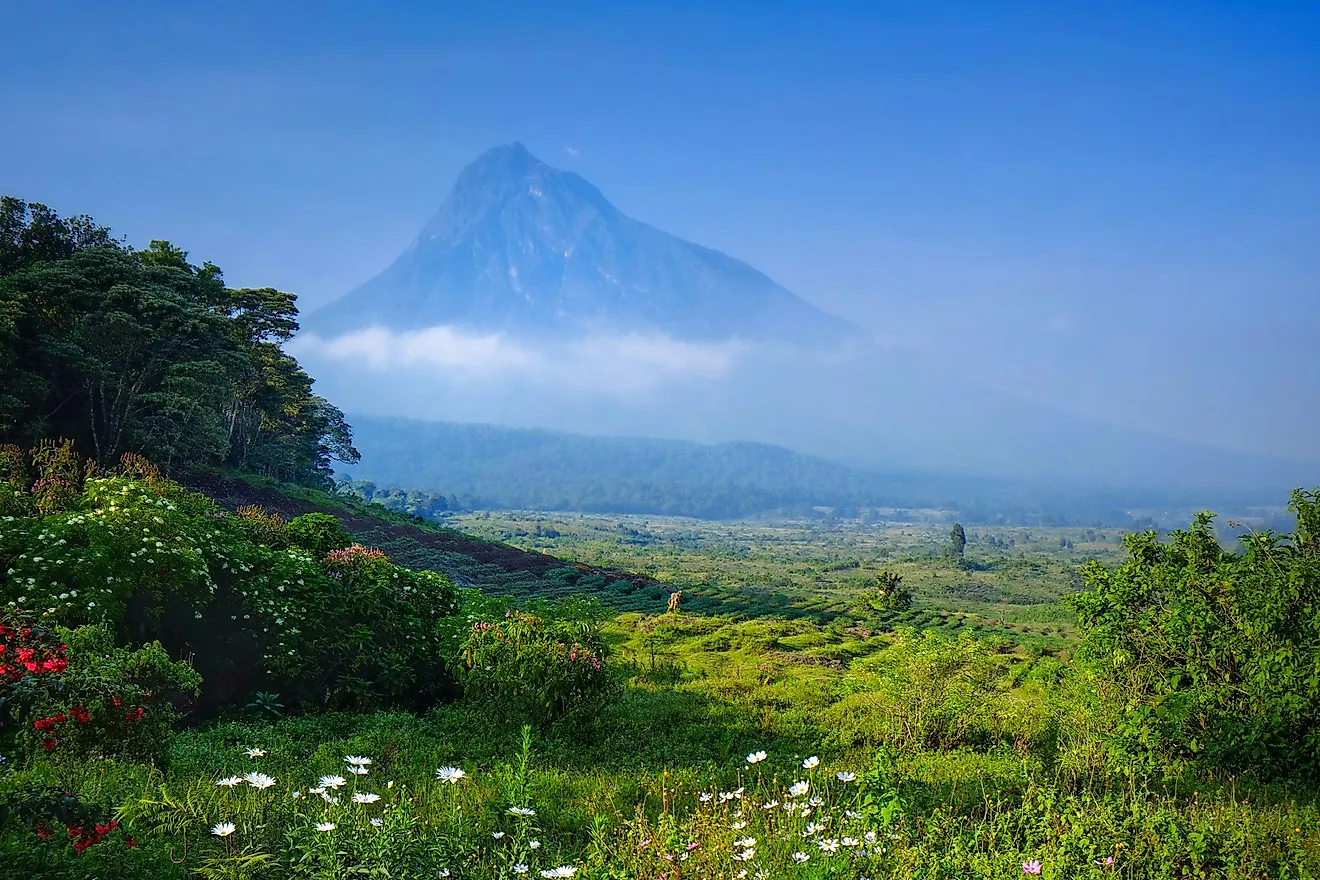
Geography
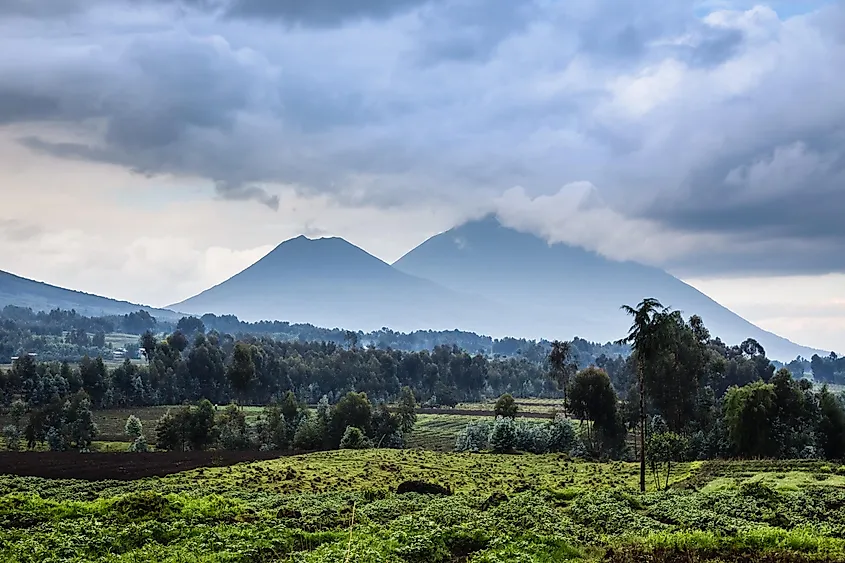
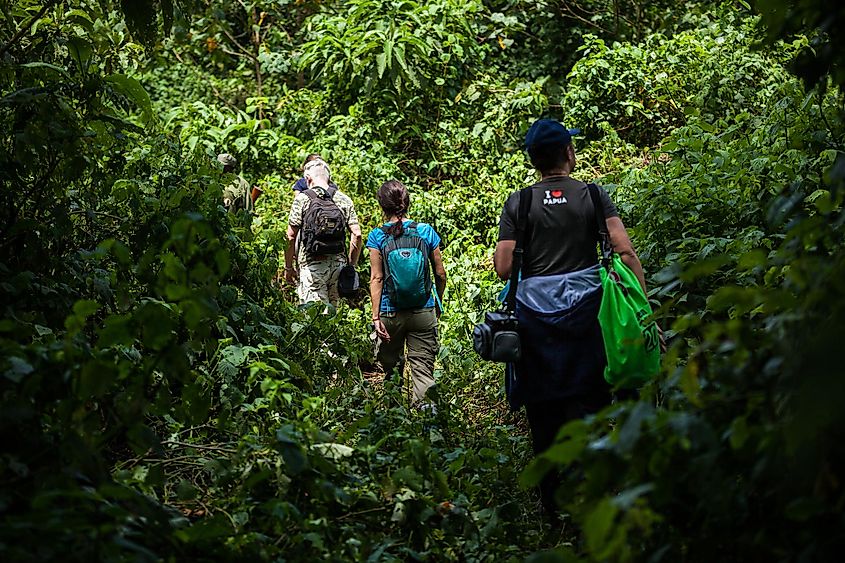
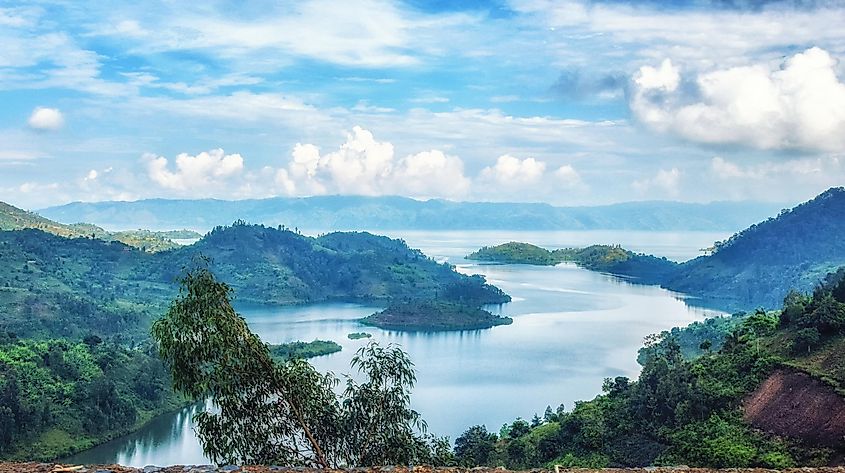
Wildlife
Flora
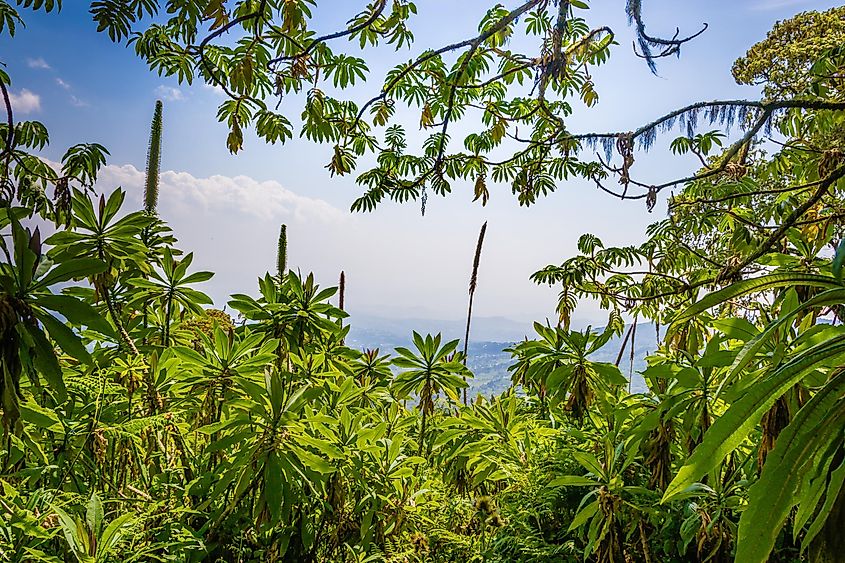
Montane forests are home to some of the tallest trees. Huge flowering evergreens and conifers can reach as high as 25 m. Subalpine African redwood trees are also common in the upper altitudes, ranging as high as 3,000 m above sea level, and can grow to be roughly 20 meters in height. Slightly lower in elevation are African alpine bamboo forests, which populate the East African Ridge areas.
At the highest elevation, in the most mountainous areas and along volcanic slopes, plant life tends to be lower in height and denser. Ground-cover-type plants such as tree heath, heather, and moss thrive in humid high altitudes, where competing vegetation fails to grow.
Fauna
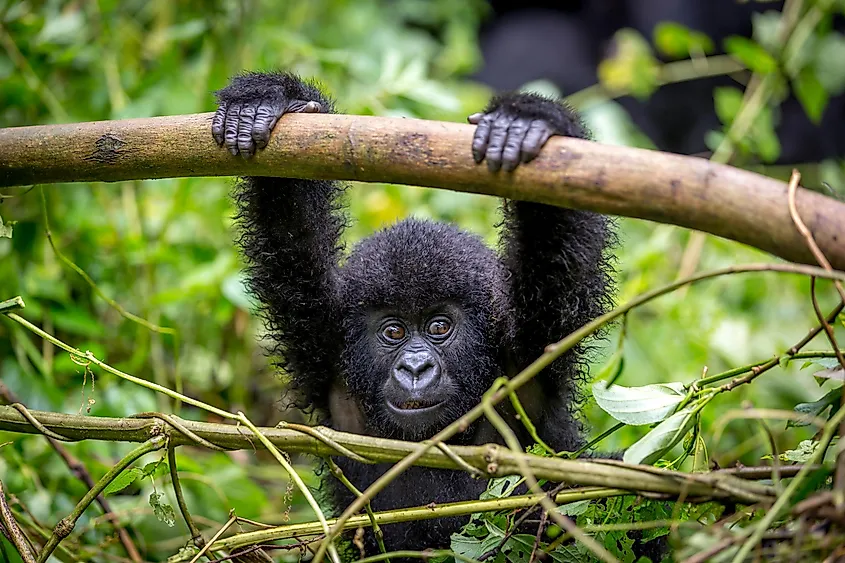
This region is best known for being home to the majestic mountain gorilla. Much of the reason the park, and national parks in surrounding areas were formed and are enforced, is to preserve habitat for this threatened gorilla species. Virunga National Park has been involved in conservation efforts that have helped these once critically endangered species improve population and gain the slightly less alarming endangered status on the IUCN Red List. The world’s entire population of mountain gorillas live in Bwindi and the Virunga Massif, meaning one-third of the population call Virunga National Park home. The dense mountain forest and volcanic slope provide the perfect habitat for these mountain-dwelling primates.
Virunga National Park is also home to the Senkwekwe Centre, part of their gorilla sanctuary and the only facility for orphaned mountain gorillas in the world. Along with mountain gorillas, eastern lowland gorillas can also be found in the park. These gorillas live in the rainforests of Eastern Congo and have similarly been threatened by habitat loss and poaching to the point of critical endangerment.
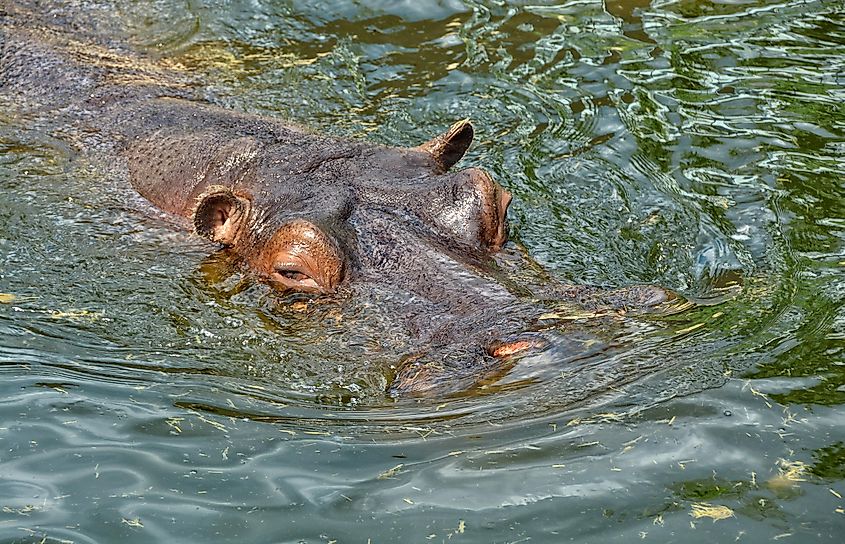
African bush elephants, the largest land-dwelling animal on Earth, can be seen roaming the lowland areas in the center of Virunga Park. Like the gorilla, the elephants are also endangered and have been notoriously hunted for their tusks.
Other animals living in the lake regions include the African buffalo, waterbuck, and topi. These grazers tend to stay in the central portion of the park where elevation is lower. Grazing animals are abundant throughout the region and include a wide variety of small deer-like species, such as various types of duiker, bongo, and okapi. There are also a variety of hogs, including the red river hog, giant forest hogs, harnessed bushbuck, and the common warthog. This protected National Park region is essential to ensuring the survival of such species, providing them a safe and protected habitat in which to live, roam, and hopefully thrive.
Brief History
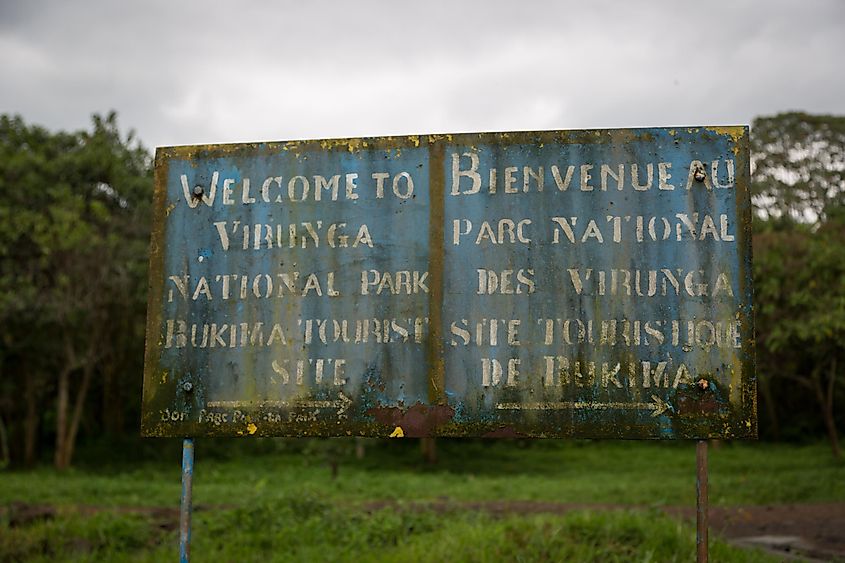
By 1969, the two parks, Albert and Virunga, were merged together under the later name. Ten years later, the region was named a UNESCO World Heritage Site. By 1996, the park had also garnered Ramsar site status, a UNESCO distinction that protects wetlands. In 2011, oil became a major point of contention between the government and the park staff. The government originally supported the extraction of oil from within the park and surrounding areas, but the workers protested heavily that this would cause major damage to habitats and wildlife. Eventually, international outrage forced the oil companies to abandon this project, and digging did not proceed. Four hydroelectric dams were put in place in 2016, however, and these provide electricity to some 200,000 individuals and small businesses in the area.
Source: World Atlas
